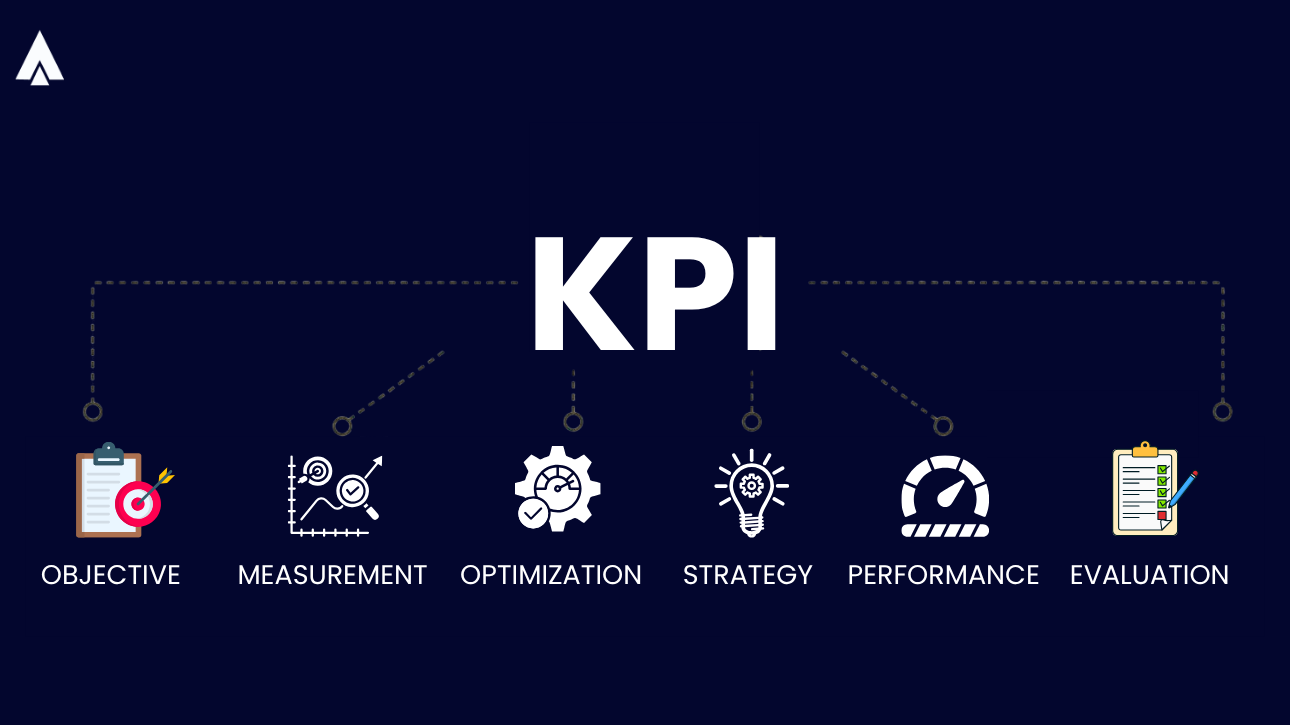Call routing is an efficient way to handle incoming calls and enhance the customer experience in contact center software. It speeds up directing calls to the right agent and minimizes unnecessary operational expenses and agent wait times. It makes a substantial contribution to increasing customer satisfaction scores and ensuring prompt query handling.
An effective phone call routing software comprises different functionalities such as the Automatic Call Distributor (ACD), IVR, queue management, etc. However, it’s common for call centers to get baffled by the various call routing solutions and approaches available in the market.
Determining the most effective call routing strategy for your business requires a clear objective of the needed service and technical knowledge simultaneously.
Top 7 Call Routing Strategies For Better Contact Center Operations
The right selection can only be made by analyzing the intricacy of your contact center operations. This blog exhibits the top seven call routing strategies to help your business’ customer services excel at delivering quality interactions.
1. Direct Routing
The direct call routing strategy is suitable for newly set up call centers. It is the most appropriate call routing strategy for businesses that adhere to a basic approach toward customer services.
Here, customers can dial a toll free number for a particular service and be directly connected to a specific department. The call is usually connected to the first available agent on the list, or it goes on to the next. However, customers must wait if agents aren’t available to answer the query. Thus,a direct call routing strategy is associated with long queue times. With this conventional routing method, businesses can provide a defined group of customers with better services.
2. Time-based Routing
Also referred to as a follow-the-sun model, the time-based call routing strategy can be highly favorable for large-scale global operations. Here, the system analyzes the call wait time length and directs calls to different destinations accordingly. Routing calls to various call centers worldwide, it can help eliminate the expenses associated with night shift loading.
For instance, when customers reach out to organizations beyond office hours, the call can be forwarded to another branch, an auto attendant (IVR), or voicemail. Time-based call routing lets calls be forwarded to different office locations considering the time.
Looking to scale with global efficiency? What is an inbound call center? Learn how our solutions route smarter, save more, and never sleep.
3. Skill-based Routing
Skill-based routing indeed is one of the most effective routing strategies. It identifies the purpose of a call and directs it to the most relevantly skilled agent. Features of the phone call routing software such as Caller ID, Speech Recognition, and IVR solutions can be utilized for identifying the call. The evident advantage of a skill-based routing strategy is that it helps eliminate long wait times.
4. Value-based Routing
Call centers can efficiently practice value-based call routing with the help of the ACD. It combines the functionality of caller line identification (CLI) and CRM integration to identify the perceived value of an incoming call. The ACD analyzes various metrics such as the customer’s lifetime value, purchasing history, account status, or loyalty level to determine their perceived value to the business.
5. Database Integration Routing
An omnichannel contact center recognizes that customer interactions are not confined to just phone calls. Database integration routing allows the contact center to view previous customer interactions by linking the phone call routing software with the customer database, providing real-time access to relevant customer information. With every incoming call, the ACD retrieves the caller’s history, purchases, and preferences. Together, this information helps agents deliver a personalized conversation.
6. Dynamic And Service Level Routing
Now and then, certain customers pose queries that are beyond the agent’s understanding. Agents often struggle to deal with complex queries and redirect the call to a supervisor to provide a resolution. For such scenarios, dynamic routing can be an inordinately amazing choice.
Dynamic and Service Level Routing adapts in real-time based on current call center conditions, such as call volumes, agent availability, and service level agreements (SLAs). This approach ensures that calls are routed not only based on pre-set criteria like agent skills or caller information but also on dynamic factors like queue lengths, wait times, and query nature.
Dynamic routing adjusts inbound flows in real-time—and understanding what is an auto dialer enables dynamic outbound pacing in parallel. Just as routing ensures the right agent, auto dialer solution providers help optimize outbound workflows.
Final Words
Call routing is a game-changer for call centers, making sure calls are directed to the right agents in time. It cuts down wait times and keeps operational costs in check. It’s all about boosting efficiency and delivering a better experience for customers. From direct routing for straightforward queries to skill-based routing to match customers with qualified call center agents, there’s a strategy for every need.














